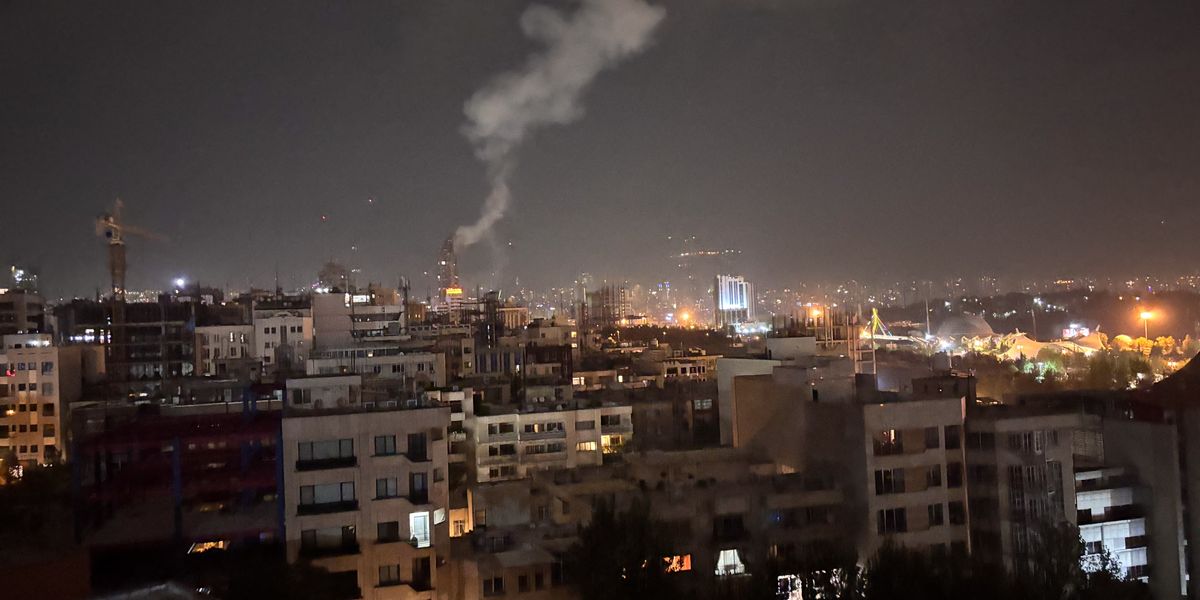
Its architect Ricardo Bofill described Abraxas as a “Versailles for the people” (Image: Getty)
It is a familiar scenario; a large housing estate on the city outskirts is built in hopes of a better future for those in need of social housing. Then, it gradually falls into despair - crippled by deteriorating conditions, social isolation and rising crime. Les Espaces d’Abraxas (The Spaces of Abraxas), an iconic high-density housing complex in Noisy-le-Grand just outside Paris, is a prime example. Inaugurated in 1983, the massive postmodern structure was supposed to elevate the living conditions of families pushed out of central Paris.
After World War II, France experienced a population boom and increased immigration, leading to overcrowding in Paris. Young families struggled to find housing near the city, prompting authorities to expand suburban areas with new apartment developments. In 1978, architect Ricardo Bofill was commissioned to build one such project in Noisy-le-Grand, a town of traditional low-rise homes.
When planning the complex, the Spanish star architect wanted ordinary residents not to have to live in grey uninteresting blocks of flats. The result was the striking, monumental concrete complex. According to the architecture website Arch Daily, the estate has an "otherworldly atmosphere existing somewhere between a 'new world' utopian dream and a postmodern, neoclassical housing estate."
Invalid email
We use your sign-up to provide content in ways you've consented to and to improve our understanding of you. This may include adverts from us and 3rd parties based on our understanding. You can unsubscribe at any time. Read our Privacy Policy
But decades on, the highly photogenic project, once praised for its daring design that made it to action films including The Hunger Games or Harry Potter’s Deathly Hallows, has become a symbol of France’s social housing crisis. Today, the complex struggles with deteriorating infrastructure, lack of maintenance, and high crime rates.
Often, these types of places become magnets for adventurous tourists, drawn by striking architecture and the promise of discovering something off the mainstream.
A visitor describing his experience on Google Maps reviews said he was walking through the complex in daylight. As he was "clicking pictures", he was grabbed by the neck by a stranger demanding him to delete the photos and hand over cash. After refusing, he was threatened with a pocket knife.
Another visitor wrote on Tripadvisor: "I almost had my expensive camera stolen and had to run to escape. It is not worth the curiosity and is full of thugs and drug dealers. AVOID!"

View of Les Espaces d'Abraxas by Ricardo Bofill in France (Image: Getty)
Defying mainstream views, some visitors wrote they didn’t feel insecure or unwelcome. Instead of insulting the residents, they urged tourists to be respectful towards locals and keep their cameras away. Some blamed France’s public bodies for ignoring the estate, arguing for renovation funds from the city.
In 2006, Noisy-le-Grand planned to demolish parts of the complex, but its residents fought back and the demolition was halted. This year, one of France's largest landlords CDC Habitat launched a major renovation project at the Espaces Abraxas, the French news broadcast BFM TV has reported.
At a cost of 16 million euros, the project aims to refresh the façades of the Palacio d'Abraxas, bring the plumbing and ventilation systems up to standard, and refurbish all the elevators. Its completion is scheduled for 2027.

 1 month ago
18
1 month ago
18










 English (US) ·
English (US) ·